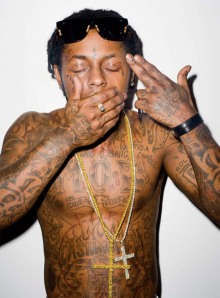Mascara, Apple and the limits of rationality: A behavioural economist’s take on marketing
October 12, 2011 Leave a comment
The theory and application of economics: a vague mystery to most, but a highly rigorous and mathematical discipline to a select few.
Economists have weighed in on many things: from the apples vs. oranges debate, to why China produces more clothing than the USA.
But what do economists have to say about the application of marketing?
Our economic consultant Jennifer Leslie-Barrett explores.
Mascara, Apple and the limits of rationality: A behavioural economist’s take on marketing
As an Economic Consultant I became frustrated with the strict assumptions placed on individuals’ preferences, and the concept of rationality. Mostly my frustration came from the knowledge that I myself was anything but rational.
Any woman who has ever gone to buy a replacement mascara and found herself coming home with the mascara, an unwanted lipstick and the piece of marketing genius that is the gift with purchase will understand what I’m getting at. I can’t begin to tell you how many mystery day/night creams have sat in my bathroom cabinet for a year before finally being thrown out. But economics says that we should know our preferences, we should be able to see what our future selves will want, and is tragically quiet on the subject of the little buzz of happiness I get leaving the store with my bag of mystery products.
You may wonder why, at this point, I didn’t just leave the lucrative field of economic consultancy and accept that rationality and I were not a good mix. By some happy chance in my search for an island getaway I ended up at a conference on behavioural economics (it also met my criteria of free cocktails).
I found that this area of economics was able to explain almost all of the supposedly irrational behaviour I had observed in myself, and to analyse it and consider the consequences in an economics framework. Marketers have informally known behavioural economics for far longer than economists. But by taking advantage of the systematic study of peoples’ irrationality, we can use this knowledge to enhance brands. Behavioural economics is a very wide field, so for now I’ll just outline one of the key concepts, which is already used in marketing, but which we can take advantage of more effectively by having a better understanding.
Reference dependent preferences
Basically this says that individuals are not merely risk averse. They are in fact loss averse, relative to some mental reference point. What this means is that if we are able to incorporate our product into the customer’s reference point, their loss aversion will make them unwilling to leave the store without the product.
Apple takes advantage of this phenomenon. Mac stores are designed such that customers are able to use the product in the store. The customer incorporates the product into their reference point, and does not want to face the loss of leaving the store without it. An action as simple as getting a customer to try on an item of clothing or jewellery begins the process of adapting their reference point.
But we can take advantage of reference dependent preferences to a greater extent than just introducing a product into the customer’s reference point. The aim of any effective campaign should be to incorporate your brand into the customer’s reference point. If you can, customers will feel attached to your brand and be unwilling to leave the store without it.
<< Jennifer Leslie-Barrett


















